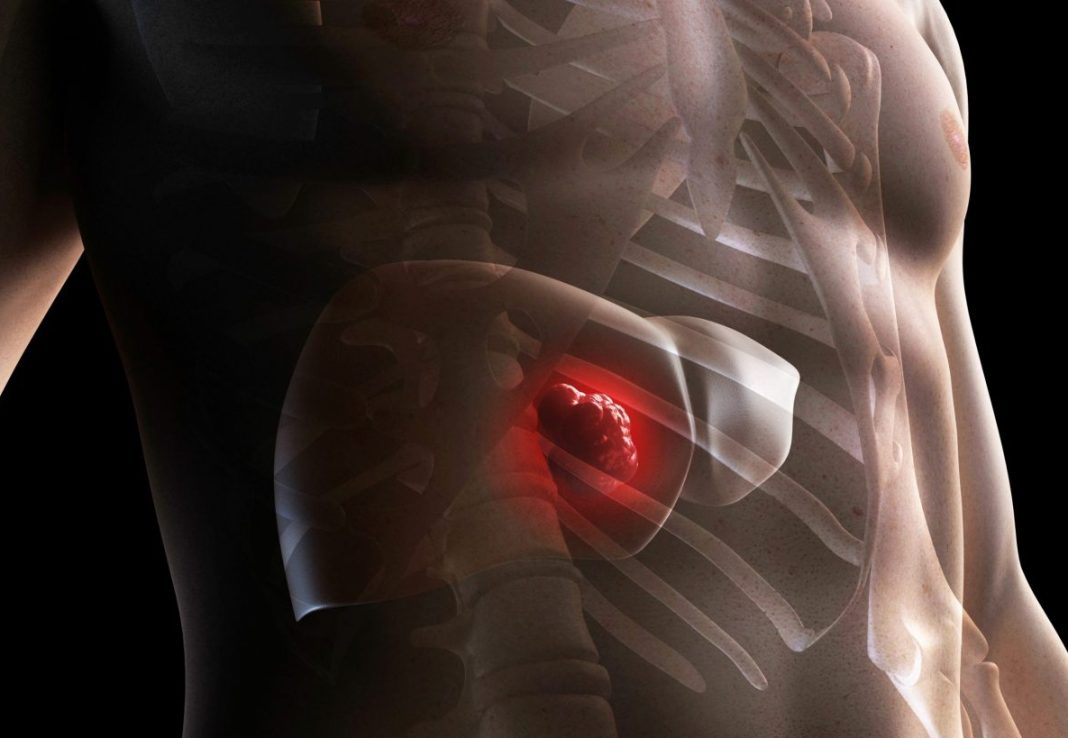If up to 70% of the liver is removed, the remaining tissue can regrow a full-sized liver within a couple of months. MIT engineers sought to take advantage of this regenerative ability to help treat chronic liver disease. The team reported that they have created a novel liver tissue model that allows them to trace the steps involved in regeneration more precisely than seen before.
Their findings are published in the journal Proceedings of the National Academy of Sciences (PNAS) in an article titled, “A vascularized model of the human liver mimics regenerative responses.”
“The new model can yield information that couldn’t be gleaned from studies of mice or other animals, whose biology is not identical to that of humans,” explained Sangeeta Bhatia, MD, PhD, the leader of the research team.
“For years, people have been identifying different genes that seem to be involved in mouse liver regeneration, and some of them seem to be important in humans, but they have never managed to figure out all of the cues to make human liver cells proliferate,” says Bhatia, who is the John and Dorothy Wilson professor of health sciences and technology and of electrical engineering and computer science at MIT and a member of MIT’s Koch Institute for Integrative Cancer Research and Institute for Medical Engineering and Science.
From studies in mice, researchers have learned a great deal about some of the regeneration pathways that are activated after liver injury or illness. One key factor is the reciprocal relationship between hepatocytes (the main type of cell found in the liver) and endothelial cells, which line the blood vessels. Hepatocytes produce factors that help blood vessels develop, and endothelial cells generate growth factors that help hepatocytes proliferate.
Bhatia’s lab teamed up with Christopher Chen, MD, PhD, the William F. Warren distinguished professor of biomedical engineering at Boston University, who designs microfluidic devices with channels that mimic blood vessels, to model liver interactions. To create these models of “regeneration on a chip,” the researchers grew blood vessels along one of these microfluidic channels and then added multicellular spheroid aggregates derived from liver cells from human organ donors.
Using this system, the researchers showed that increased fluid flow on its own did not stimulate hepatocytes to enter the cell division cycle. However, if they also delivered an inflammatory signal (the cytokine IL-1-beta), hepatocytes did enter the cell cycle.
When that happened, the researchers were able to measure what other factors were being produced. Some were expected based on earlier mouse studies, but others had not been seen before in human cells.
The MIT team found high levels of a molecule called prostaglandin E2 (PGE2), which is also involved in zebrafish regeneration, in their liver regeneration system. By knocking out the gene for PGE2 biosynthesis in endothelial cells, the researchers were able to show that those cells are the source of PGE2, and they also demonstrated that this molecule stimulates human liver cells to enter the cell cycle.
The researchers now plan to further explore some of the other growth factors and molecules that are produced on their chip during liver regeneration.
“We can look at the proteins that are being produced and ask, what else on this list has the same pattern as the other molecules that stimulate cell division, but is novel?” Bhatia says. “We think we can use this to discover new human-specific pathways.”
The researchers hope they will be able to harness these molecules to help treat patients with liver failure.
“Right now when patients come in with liver failure, you have to transplant them because you don’t know if they’re going to recover on their own. But if we knew who had a robust regenerative response, and if we just needed to stabilize them for a little while, we could spare those patients from transplant,” Bhatia concluded.



